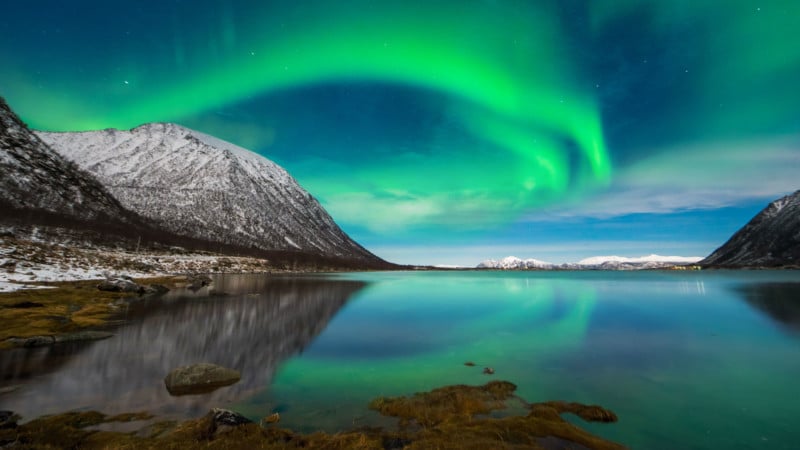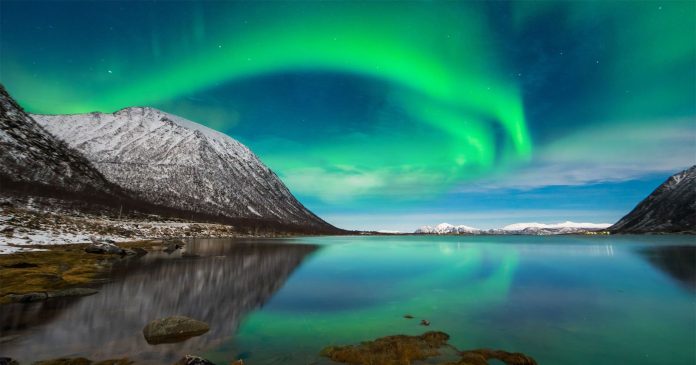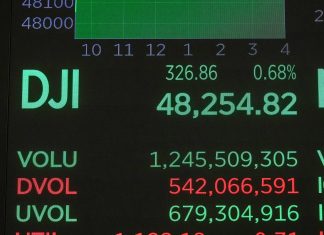
Last night, photographers across the United States, as far south as Florida and Texas, were treated to auroras thanks to a severe (G4) geomagnetic storm. The fun is far from over, as experts predict that at least strong (G3) conditions will persist while severe conditions are expected.
Last night’s colorful display was the result of two powerful coronal mass ejections (CMEs) striking Earth, and a third is expected to hit tonight, per the National Oceanic and Atmospheric Administration’s Space Weather Prediction Center (NOAA SWPC).
All jokes aside, this is a 100% real, unedited #aurora picture I just took on the Dade/Broward line in the Florida Everglades strqight out of the camera!!!! I have 50 more too @NWSMiami @ThePhotoHour pic.twitter.com/ocIDAgnZC8
— PhotographicFloridian (@JackLinFLL) May 11, 2024
“Geomagnetic storm conditions are currently at G3 (strong) levels after reaching G4 (severe) levels earlier,” the NOAA SWPC said today, adding that “G4 conditions with a chance for higher levels are still possible.” NOAA continues, stating that elevated geomagnetic storm levels are expected to carry over into November 14 (UTC day).
A green auroral arc tonight cutting through a wall of red… pic.twitter.com/rosuUFOEui
— Vincent Ledvina (@Vincent_Ledvina) November 12, 2025
Space physics PhD student Vincent Ledvina, also known as the “The Aurora Guy,” said today on X, formerly known as Twitter, that all signs are pointing to an eventual night in the skies. Ledvina also notes a chance of G5 geomagnetic storm levels, an extreme and exceedingly rare space weather event. It is the top of the scale and almost never happens. The first G5 storm in over two decades struck Earth in May 2024.
The aurora is so bright that the ground is literally glowing red to the naked eye. I have never seen this before. pic.twitter.com/AZwMM9G5T4
— Vincent Ledvina (@Vincent_Ledvina) November 12, 2025
Even if a G5 storm doesn’t materialize tonight, the chances of a powerful geomagnetic storm and resulting bright, vibrant auroras remain high. There are no such things as certainties when it comes to predicting geomagnetic activity, but as Ledvina writes, the signs are “good.”
Last night was pretty crazy. We’re expecting another significant CME arrival around 20:00Z today (3:00pm ET) which could enhance the already disturbed geomagnetic field. We could see further periods of strong and severe geomagnetic storm conditions into this evening if so. A…
— Space Weather Watch (@spacewxwatch) November 12, 2025
Spaceweather, among the very best resources for aurora-hunting photographers to stay on top of current and expected conditions, says the chance of “severe” geomagnetic activity at mid-latitudes is 40% over the next 24 hours and 85% at high latitudes. The chances don’t decrease much in the 24-48 hour timespan, either.
There is a potential fly in the ointment tonight, however, just as there was for many photographers in the United States last night: weather. Per meteorologist Eric Snitil on Facebook, a large swath of the United States, including the west coast and the northeast, is likely to have heavy cloud cover tonight. Just like aurora predictions are challenging, so too are cloud cover ones, so photographers should nonetheless prepare for tonight, even if the current predicted cloud cover is not optimal.
Speaking of photographers preparing for auroras, PetaPixel has plenty of resources for aurora chasers. Daniel Laan’s fantastic “The Ultimate Guide to Forecasting, Shooting, and Post-Processing the Northern Lights” has comprehensive resources, while Jason Parnell-Brookes’ “How to Find and Photograph the Northern Lights” is a more bite-sized guide to shooting auroras.
As always, the best way for aurora-hungry photographers to stay up to date with the latest conditions is to actively monitor Spaceweather and the NOAA Space Weather Prediction Center.
Image credits: Header photo by Jason Parnell-Brookes






